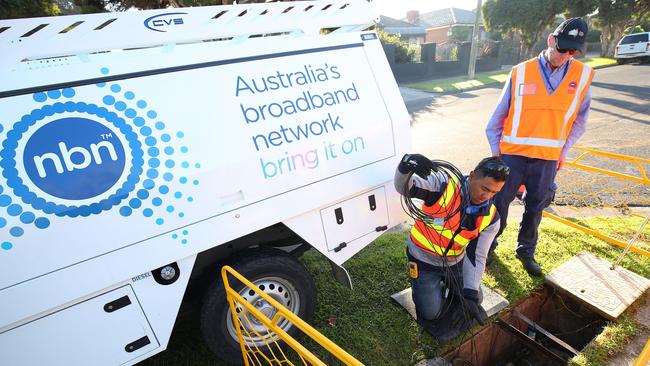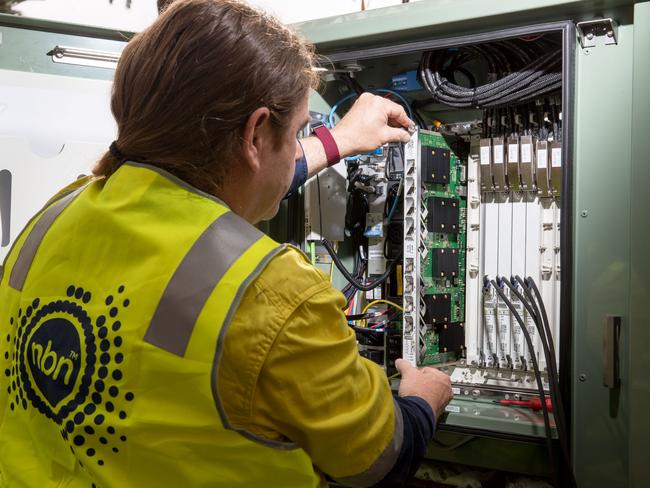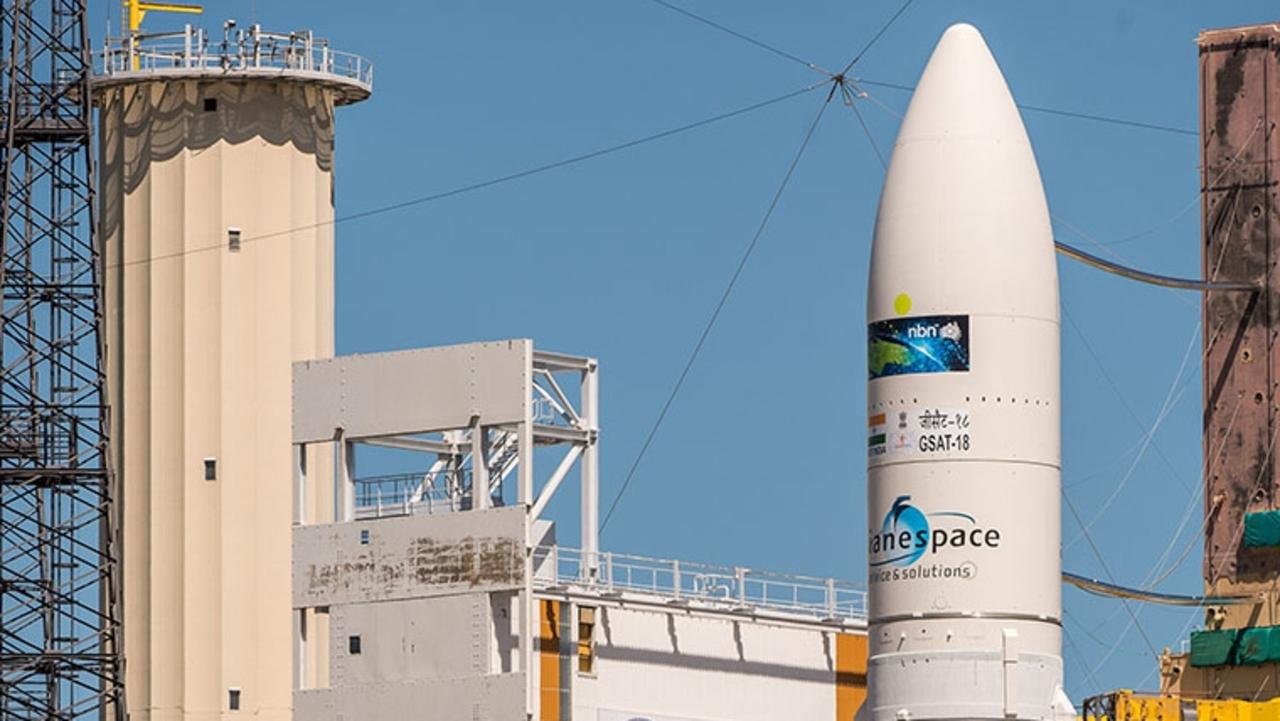House hunters willing to pay a premium for better NBN connections
A NEW topic is topping the list of concerns for house hunters as broadband conscious buyers hunt out the best access technology.

PROSPECTIVE home buyers and those looking to rent properties are increasingly concerned with the type of internet connection the house has, with some willing to pay a premium for NBN fibre to the home.
One of the criticisms of the multi technology mix employed by the NBN rollout is the fact that it is creating — at least in the short term — a digital divide depending on what access technology your home uses to connect to the network.
As a result, those seeking to rent or buy real estate, particularly among the younger generation, are seeking out suburbs and homes catered to by the best technology.
“A very, very common question is, ‘Is the home NBN connected?’” says Sydney real estate agent Joe Recep.
“And the next question is: ‘Is it connected to fibre-to-the-premise or is it fibre-to-the-node?’”
He said the question around the type of internet connection has become a top concern for buyers among traditional queries about the nearest bus stop and what school zone the property falls into.
“A lot of people do work from home nowadays, so it really is an essential rather than just a want,” he told news.com.au.
Mr Recep works for real estate company N G Farah in south-east Sydney, and says homes already connected to the NBN sell much quicker than those still waiting for the rollout.
In December last year, a web designer made a Chrome browser plug-in that automatically check NBN availability on listings appearing on realestate.com.au, Domain and AllHomes, which proved to be very popular after he posted it online.
Younger people are particularly keen to hunt out the properties lucky enough to be serviced by a full fibre connection.
Real estate company Cribz — an online property service designed to assist young people with their home search — recently polled its users and found renters are willing to pay about $30 extra per month for a home with the superior fibre-to-the-premise (FTTP) NBN connection.
“We’ve found that fast internet is becoming an evermore important utility for young people who want to spend their spare time streaming Netflix and services like Spotify,” said Cribz CEO Peter Esho.
Quality of internet ranked fourth for millennials when it came to house hunting, the company said.

The experience of Mr Recep reflects other real estate agents around the country who are dealing with broadband concerned customers.
On a recent episode of the ABC’s Four Corners, real estate agent Richard Tegart said as well as questions about whether homes were connected to the NBN, increasingly the question was followed by: “Is it connected to fibre-to-the-premises (FTTP) or is it fibre-to-the-node (FTTN)?”.
A majority of homes are hooked up to the NBN via fibre-to-the-node which uses existing copper wires to make the final connection to the home from a box on the street corner. But many users, particularly those further from the node, have reported slower than expected speeds.
“Fibre-to-the-node has difficulty supporting 100 Mbps or 50 Mbps, but 98 per cent of the time it can support 25 Mbps,” the ACCC chairman Rod Sims told news.com.au earlier this month. Comparatively, FTTP can reach speeds of 1 Gbps, or ten times the 100 Mbps speeds which FTTN can sometimes struggle with.
The difficulty of using a wide range of access technologies was highlighted this week when NBN Co. announced it would halt connections relying on Telstra’s hybrid fibre-coaxial (HFC) network, commonly known as the pay TV network. This technology was originally slated to connect nearly 3 million homes and businesses.
Last year, NBN Co. dumped the use of the Optus’ HFC network saying it wasn’t fit for purpose and is now putting a freeze on connecting users to Telstra’s HFC network until it can sort out issues being experienced by end-users.




